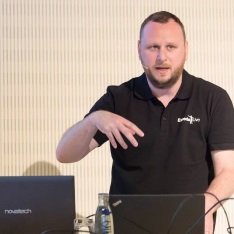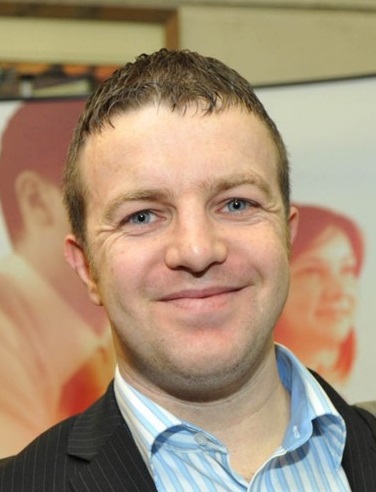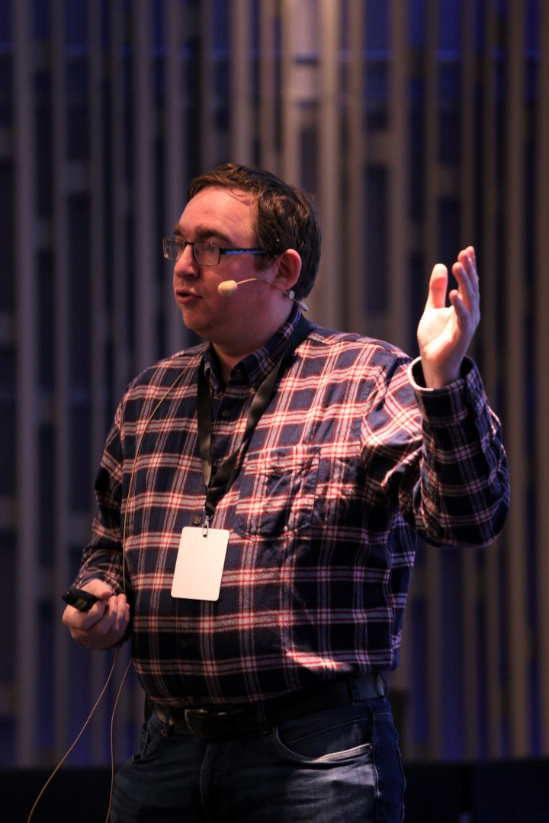Session Highlight: ‘Hybrid BI with the Power BI Gateway’
By John Moran
Howdy – it’s Aidan Finn, the Technical Sales Lead at MicroWarehouse blogging again. MicroWarehouse ran an event a few years ago in City West and our last session was by MVP Bob Duffy and Carmel Gunn. If you attended their session then there’s no way that you can forget it – they used publicly available data with Microsoft Power BI to understand how Ireland’s economy and property markets crashed leading up to 2008. This session highlighted the power of Power BI.
After a recent class, I’ve started to use Power BI myself. The information I’m seeing has helped me understand how our Azure business is developing, who’s doing what, and what they’re doing. Without Power BI, I wouldn’t have these month-to-month insights, but what I really want is to learn how to expand on this.
I’ve known Bob’s reputation as a data person since 2008. He’s a go-to-person when there’s a data problem with a customer. What he doesn’t know about SQL Server doesn’t need to be known. But having data isn’t enough – knowing how to use that data is invaluable and Bob knows that stuff too. That’s why he’s presenting a session on using the Power Bi Gateway, allowing you to consume on-premises data in larger cloud-driven Power BI solutions.

Bob Duffy
Prodata, Irish SQL Dude and World SQL Jenga Champion
Bob Duffy is a SQL Server MVP from Dublin, Ireland who is MCA, MCM and now Analysis Services “Maestro” certified.
Bob used to work for Microsoft Consulting Services a Senior Consult and subject matter expert for BI/data. He now works at the Prodata SQL Centre off Excellence in Dublin, Ireland where he helps enterprise customers with cloud architecture, design, performance tuning, benchmarking and pretty much anything to do with SQL Server or Business Intelligence.
If you want to get value from data sources that are scattered between on-premises, the cloud, and other locations, then be sure to sign up for Cloud Camp 18 and join Bob for his session.









 Freek Berson – Remoting Windows Enthusiat
Freek Berson – Remoting Windows Enthusiat